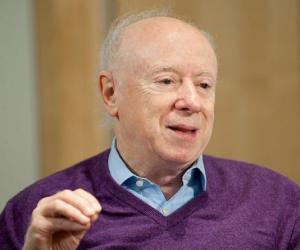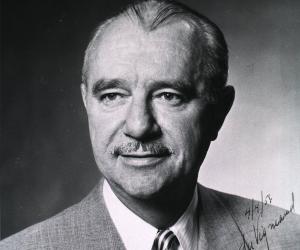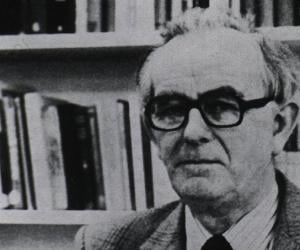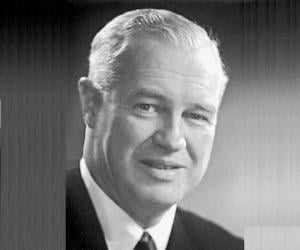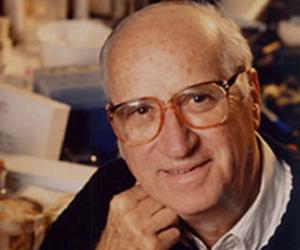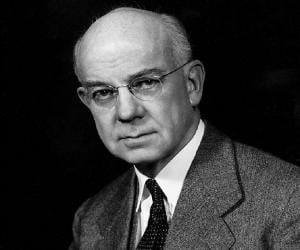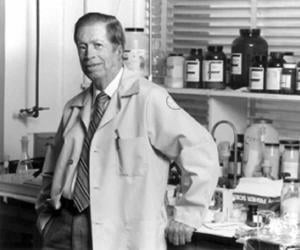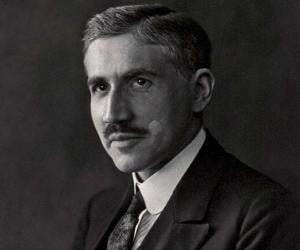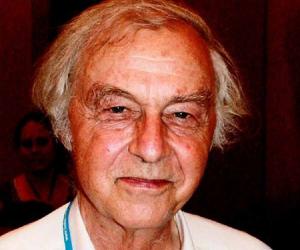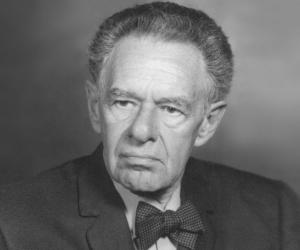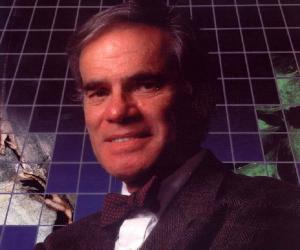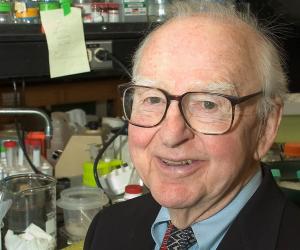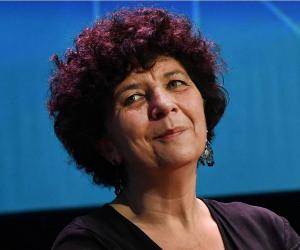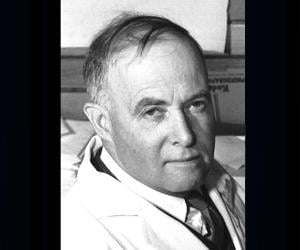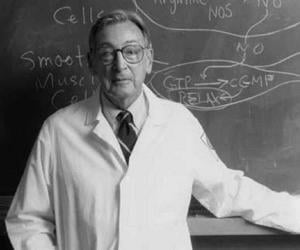Quick Facts
Also Known As: Joseph Leonard Goldstein
Age: 85 Years, 85 Year Old Males
Family:
father: Isadore E. Goldstein
mother: Fannie
Geneticists Biochemists
U.S. State: South Carolina
More Facts
awards: 1985 – Nobel Prize in Physiology or Medicine
1985 – Albert Lasker Award for Basic Medical Research
2003 – Albany Medical Center Prize
1981 – Gairdner Foundation International Award
1984 – Louisa Gross Horwitz Prize
1988 – National Medal of Science for Biological Sciences
1979 – Richard Lounsbery Award
1974 – Heinrich Wieland Prize
Childhood & Early Life
Joseph Leonard Goldstein was born on April 18, 1940, in Kingstree, South Carolina. His parents Fannie (Alpert) and Isadore E. Goldstein owned a clothing store. He was their only son.
He was interested in science from a young age and went to the Washington and Lee University in Lexington, graduating with a BS degree in chemistry, summa cum laude, in 1962.
He then attended Southwestern Medical School of the University of Texas Health Science Center in Dallas and earned his MD degree in 1966. During his final year, Donald W. Seldin, the Chairman of the Department of Internal Medicine, offered Goldstein a future faculty position if he would become trained in genetics and return to Dallas.
After receiving his MD degree, he moved to Boston as an Intern and Resident in Medicine at the Massachusetts General Hospital. There he met Michael S. Brown with who he would form a deep friendship and long term scientific collaboration in future.
Career
Joseph L. Goldstein moved to the National Institutes of Health (NIH) in Bethesda, Maryland, after completing his residency. There he worked in biochemical genetics as advised by Seldin and returned to the Southwestern Medical Center in 1972, accepting a post as the head of the newly-created Division of Medical Genetics. He was also appointed Assistant Professor in Seldin’s Department of Internal Medicine.
Around this time his formal scientific collaboration with Brown began. He steadily rose through the ranks and was made Associate Professor of Internal Medicine in 1974 and Professor in 1976.
Goldstein and Brown began a focused study on the cholesterol present in the human bloodstream. Their intensive research led to the discovery that low-density lipoproteins (LDL)—the primary cholesterol-carrying particles—are withdrawn from the bloodstream into the body’s cells by receptors on the cells’ surface.
They also performed research on familial hypercholesterolemia, a disorder in which the body’s tissues are incapable of removing cholesterol from the bloodstream. They found out that the lack of sufficient LDL receptors causes the disorder. Over the course of their work they also helped to develop drugs for lowering blood cholesterol levels.
In 1977, Goldstein was made Chairman of the Department of Molecular Genetics at the University of Texas Health Science Center at Dallas and Paul J. Thomas Professor of Medicine and Genetics. He was named Regental Professor of the University of Texas in 1985. From 1973 to 1985, he and Brown together published over a 100 major papers.
For their groundbreaking contribution to medical science, Goldstein and Brown were awarded the Nobel Prize in Physiology or Medicine in 1985. They continued their collaboration and made several other notable discoveries over the ensuing years.
In the 1990s, Goldstein and Brown discovered a new family of transcription factors called sterol regulatory element binding proteins (SREBPs). Further research in the area led to the finding that SREBPs controlled the synthesis of cholesterol and fatty acids. They also explained the process of activation that enables SREBPs to regulate lipid metabolism.
Goldstein was elected as a Life Trustee of The Rockefeller University in 2015. He is also a member of the Board of Trustees of The Howard Hughes Medical Institute and serves as Chairman of the Board of Scientific Counselors of the Broad Institute.
In the recent years he has authored a series of essays considering science as a creative pursuit. These essays, which explore the links between the art and science, appear in the journal ‘Nature Medicine.’
Major Works
Joseph L. Goldstein along with his colleague Michael Brown made many key contributions to the understanding of cholesterol in the bloodstream of human beings. Their investigation of the processes affecting the accumulation of cholesterol in the bloodstream led to the development of statin drugs, a class of lipid-lowering medications that are effective in cholesterol reduction in those with high cholesterol.
Awards & Achievements
In 1984, he shared the Louisa Gross Horwitz Prize for Biology or Biochemistry with Michael S. Brown.
Joseph L. Goldstein and Michael S. Brown were jointly awarded the Nobel Prize in Physiology or Medicine 1985 “for their discoveries concerning the regulation of cholesterol metabolism.”
In 1988, he received the National Medal of Science in the field of molecular genetics.
For their research on the SREBP pathway, Goldstein and Brown were awarded the Warren Alpert Foundation Prize (2000), the Albany Medical Center Prize in Medicine and Biomedical Research (2003), and the Stadtman Distinguished Scientist Award (2011).
Personal Life & Legacy
Goldstein is unmarried. He likes listening to classical music in his leisure time.
See more:
- Andrea Dotti(Italian Psychiatrist-Neurologist)
- Abdul Rahman Alajati(Instagram Comedian)
- Lorenzo Valla(Former critic best known for his historical-critical textual analysis that proved that the Donation of Constantine was a forgery)
- Jean-Charles Valladont(Archer)
- Kenjiro Shinozuka(Japanese Rally Driver)


